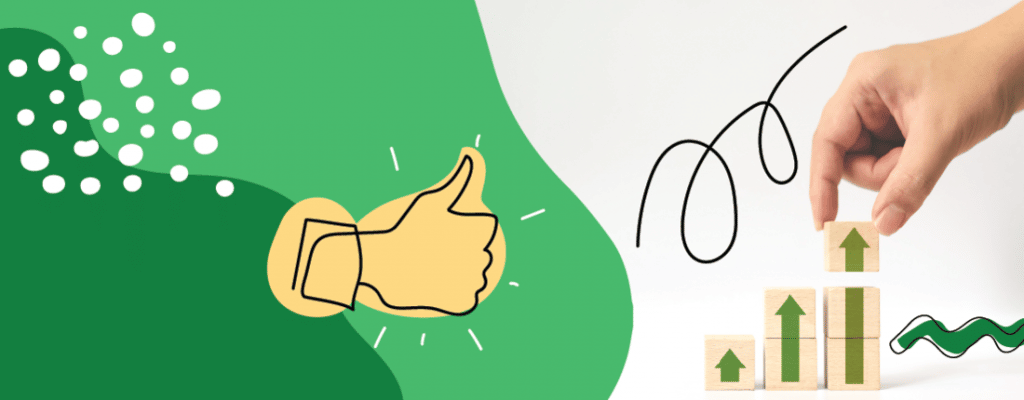SPIN sales is a well-known sales methodology used by enterprises of every size because it is proven efficient in driving desired results.
Neil Rackham invented the term “Spin Selling” back in 1988 after 12 years of research on more than 35 thousand sales calls.
This sales method enhances communication, giving the sales team the ability to ask relevant questions from their buyers to build trust and make potential customers realize that your product or service fits their needs perfectly.
Keep reading to learn more about it.
What is SPIN selling?
SPIN selling is a sales methodology used to close challenging deals. The acronym SPIN stands for four basic types of questions.
1. Situation
The situation question lets us explore the client’s desires, goals, and requirements. The answers can help us plan our next question strategy accordingly.
Examples can include “What is your projected growth next year?” or “What is your current strategy?”.
2. Problem
Problem questions help identify difficulties that your clients are facing. Salespersons ask probing questions to understand the exact problem your potential customers have.
These can be pain points of the service or products they use.
Examples of problem questions can include “What is the efficiency rate of your product?” Or “How does your team manage to reach the deadline with this tool?”.
3. Implication
The implication questions further elaborate on the problems and highlight the consequences and pain points that directly affect the business’ efficiency and output.
Salespeople can create a sense of urgency, helping customers find a new solution for their problem or reduce the loss as soon as possible.
Examples of implication questions can include “How much does it cost you on repairs on damages?” or “How much does it cost you on a specific time wasted?”.
These types of questions help in making the purchase faster.
4. Need Payoff
This question allows the seller to pitch the benefits of their product to the customer and draw their attention.
For example, “What if you could increase your profit by 15%, and reduce 5 hours doing a particular task which our product or service can do in just one hour?”.
Make sure to base these advantages on the pain points explored in earlier questions.
The seller should have information regarding the client’s queries, problems, and needs, so they mold the conversation through payoff questions to make the buyer see the benefit of the product and services themselves.
The Four Stages of the SPIN Selling Process
To master the SPIN selling model, one must know the four stages of the SPIN sale:
1. Preliminaries
The preliminary stage, also known as opening in sales terminology, is the process of breaking the ice between the sales representative and the customer.
Ask non-business questions that avoid jumping to the product or service benefits directly.
Research shows that irrelevant marketing can make you lose customers. Directly jumping to pitching the product or service to the client might put them off for good. And if they lose interest, it can be impossible for the sales team to gather information about them.
We have mentioned the series of questions to use with SPIN Selling because they build trust first, which is crucial for a firm’s reputation.
2. Investigation
The investigation is the most crucial stage of the SPIN sales process, and it is very effective in increasing sales.
In this stage, you ask situation questions without pointing out your product and services. The sales representative gets to know all the pain points and issues your clients face.
It is vital to limit the use of expressing the benefits of your products. Complete the question cycle to create your unique selling points.
The investigation also helps gather valuable consumer behavior data, which improves your product and services for a better consumer experience.
3. Demonstration Capabilities
After gathering all the vital data, and the sales representative has completely understood that their product or service covers the customer’s pain points and benefits them, sales representatives must find the right way to pitch to the client.
Demonstrating capabilities follows the FAB formula (features, advantages, and benefits).
For any product or service to sell, explaining its features is crucial. Consumers measure the elements according to their needs.
For example, let’s say you are selling a small product such as window film. First, you need to explain to potential buyers your product’s features — how it will be able to block UV rays and heat entering your home from outside.
The last two parts of the FAB formula explain the advantages and benefits.
In the window film example, it will have the advantage of preventing your furniture from fading and maintaining room temperature. You can then add the benefits to the above example — that your window films can help reduce energy costs and mean less frequent replacement of expensive furniture.
4. Gaining Commitment
After the sales representative has asked all the questions and gone through all stages of SPIN sales, the last thing to do is to ask your customer to secure the deal, either by asking them to sign up for the demo test or get into an email list.
For better understanding, here’s another example. A sales team is working for a car insurance company, and they want to get a maximum number of customers this year.
They can use the SPIN selling model to gain an insight into their customer’s car expense problems by asking questions and then pitching them the insurance through the FAB formula.
The unique selling points can be so persuasive that customers commit right away and sign a contract with the sellers.
Wrap Up
SPIN Selling is a widely used sales model almost everywhere globally.
Its popularity has helped sales managers boost their sales by identifying the possible limitations of their team, be it early pitching or irrelevant marketing.
People and businesses looking to build a strong sales team must follow the question mentioned above and the stages of SPIN Selling. Only that way can you master the SPIN selling method.
This post was written by Nahla Davies, a software developer and tech writer. Before devoting her work full time to technical writing, she managed—among other intriguing things—to serve as a lead programmer at an Inc. 5,000 experiential branding organization whose clients include Samsung, Time Warner, Netflix, and Sony.









